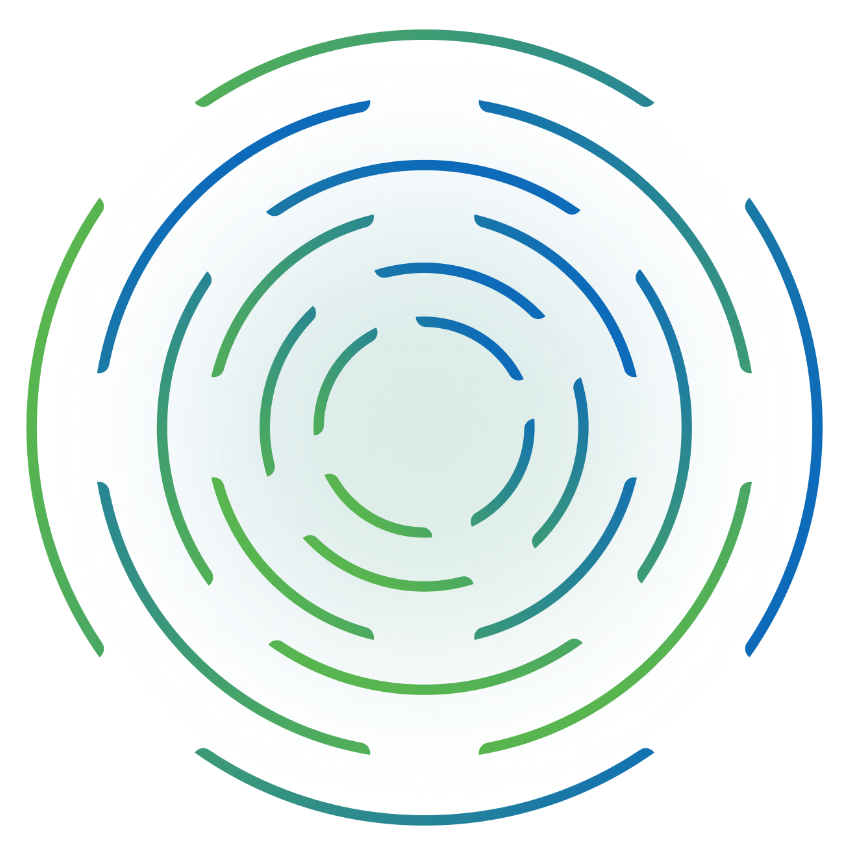Today’s hybrid cloud infrastructures pose unprecedented challenges for IT operations (ITOps, or IT Ops). In most enterprises, teams are managing a workload-intensive mix of legacy and modern applications running on infrastructure that spans on-premises data centers as well as multi-cloud services. IT Ops management teams tasked with monitoring these complex environments must manage massive increases in the volume, velocity, and variety of data they produce. As teams work to ensure availability of business services, they’re often hampered by outdated processes and disjointed monitoring tools that can’t provide a consistent, contextualized view of IT environments.
To tame the complexity of hybrid clouds, many IT operations management teams are seeking solutions that leverage artificial intelligence (AI) and automation to monitor environments with greater efficiency, accuracy, and speed.
As a leader in automated IT Ops, ScienceLogic delivers a platform with monitoring tools built on AI for IT Ops, or AIOps. By consolidating and automating monitoring tools in a single platform, you can achieve dramatic improvements in speed and agility while adapting to change, accelerating response, and supporting new services that drive revenue growth.
The challenges of IT Ops management
Legacy IT Ops management and monitoring tools are simply do not match the complexity of modern IT environments. Most legacy tools provide visibility into specific technologies or domains—cloud instances, network equipment, or storage systems, for example. As a result, teams lack unified, consistent, contextualized visibility of the IT ecosystems that support business services. Rather than streamlining monitoring tasks, these disjointed toolsets exacerbate the complexity of hybrid environments and produce a range of challenges for IT Ops management teams.
- Rising costs. Inconsistent processes, difficult integrations, and time-consuming workflows result in increased costs.
- Missed SLAs. An inability to resolve incidents and quickly determine root cause leads to missed SLAs, significant downtime, degraded service levels, and inferior customer experiences.
- Inflexibility. Without the ability to adequately monitor new technology, IT Ops management teams cannot leverage advancements in automation and machine learning, stifling the agility of the digital business.
- Inaccurate CMDBs. In dynamic and rapidly changing IT environments, manual processes for reconciling configuration management databases (CMDBs) too often deliver inaccurate results.
- Manual ticketing. Inadequate tools require IT Ops management to manually create IT service desk tickets and route them to the right team, consuming far too much time each day.
- Siloed monitoring. A collection of disjointed point tools for monitoring creates silos of data and visibility gaps across hybrid cloud environments, hindering the ability to quickly resolve issues.
- Lack of insight. Legacy tools often leave IT teams surprised by issues. Without a clear understanding of how infrastructure impacts business services, teams must scramble to address incidents after the fact, resulting in poor user experiences.
Automating IT Ops management with ScienceLogic
The ScienceLogic AI Platform solves the challenges of IT Ops management through automation, AI, and machine learning (ML). The platform’s modern, scalable microservices-based architecture supports the most demanding, high-volume, transaction-intensive environments of enterprises and service providers. With SL1, part of the ScienceLogic AI Platform, you can set the stage for fundamental IT and business transformation to drive advances in agility, speed, and growth.
ScienceLogic enables IT Ops management teams to:
- See everything. Using more than 500 pre-built integrations that span 100 vendors and thousands of device types, ScienceLogic sees everything across your multi-cloud and highly distributed architecture. Covering everything from clouds and data centers to environmental systems and IoT sensors, SL1 lets you capture and unify monitoring data from everywhere in your environment.
- Contextualize data. By aggregating and normalizing data in an operational data lake, SL1 makes it easy to apply context to data and map relationships between applications and infrastructure components. SL1’s hybrid cloud monitoring technology also detects anomalous behaviors and correlates them with common events within a service context, cutting through the noise to help teams quickly establish root cause.
- Automate workflows. With SL1, your teams can leverage rich, contextualized intelligence to power multi-directional workflows at scale for remediation actions that are both proactive and responsive. SL1 helps IT Ops management keep your CMDB up to date and accurate, automate ticketing and routing, and turn troubleshooting and remediation steps into automated workflows.
The advantages of ScienceLogic’s SL1
With ScienceLogic SL1 for IT Ops management, your teams can count on:
- Deep visibility. Capture data from your entire IT estate. In addition to support for hundreds of IT devices, apps, and services out-of-the-box, SL1 offers a low-code authoring environment that enables virtually anyone on the IT Ops team to create custom monitoring solutions.
- Comprehensive tools. SL1’s hybrid cloud monitoring tools enable you to monitor, analyze, and automate from a single interface.
Autonomic technology. Your IT Ops teams can decide which SL1 operations are human-assisted, and which are fully autonomous, depending on their comfort level. - Automated root cause analysis. SL1 uses machine learning and event correlation to automate root cause analysis, extracting root cause with greater than 95% accuracy.
- Early detection of new issues. SL1 monitors and scores anomalous behavior to address potential issues before they become serious problems.
- Easy-to-understand findings. Leveraging generative AI, SL1 transforms complicated log details into easy-to-grasp, actionable insights that enable your staff to act quickly.
- Self-tuning capabilities. Unsupervised ML capabilities continually adapt and learn from data gathered across your IT ecosystem, tuning accuracy for your unique IT stack.
- IT-forged AIOps. SL1’s technology was designed by IT veterans to support real-world IT operations.
Why customers choose ScienceLogic
As a global leader in IT Ops management, ScienceLogic delivers actionable insights for predicting and resolving problems faster. With ScienceLogic, organizations can:
- Work with proven technology: ScienceLogic has been proven for scale by the world’s largest service providers, enterprises, and government agencies.
- Monitor everything: Patented discovery techniques find everything within an IT environment, delivering visibility across all technologies, vendors, data centers, and clouds.
- Consolidate tools: The ScienceLogic platform combines solutions for AIOps, IT infrastructure monitoring, network automation and management, observability, and more.
- Scale quickly: ScienceLogic is designed to support IT environments that are rapidly scaling in size and complexity.
Avoid outages: SL1 automates root cause analysis and delivers visibility into how shared infrastructure impacts business services and apps.
IT Ops Management FAQs
What is IT Ops management?
IT operations (IT Ops) management involves overseeing and managing an organization’s IT infrastructure, ensuring the efficient performance, availability, and security of IT services. It includes tasks such as network management, server management, hardware and software maintenance, and user support. IT Ops management ensures that the IT environment runs smoothly and supports the business’s operational needs effectively.
What are the challenges of IT Ops management?
IT Ops management faces several key challenges. Modern IT environments are often extraordinarily complex, and managing these diverse environments requires extensive knowledge and the ability to integrate various systems and tools. IT Ops teams are often overwhelmed by a vast amount of monitoring data and alerts, making it difficult to identify and prioritize the most critical issues. Additionally, though automation is crucial to effective monitoring, developing and implementing effective automation strategies can be quite challenging.








